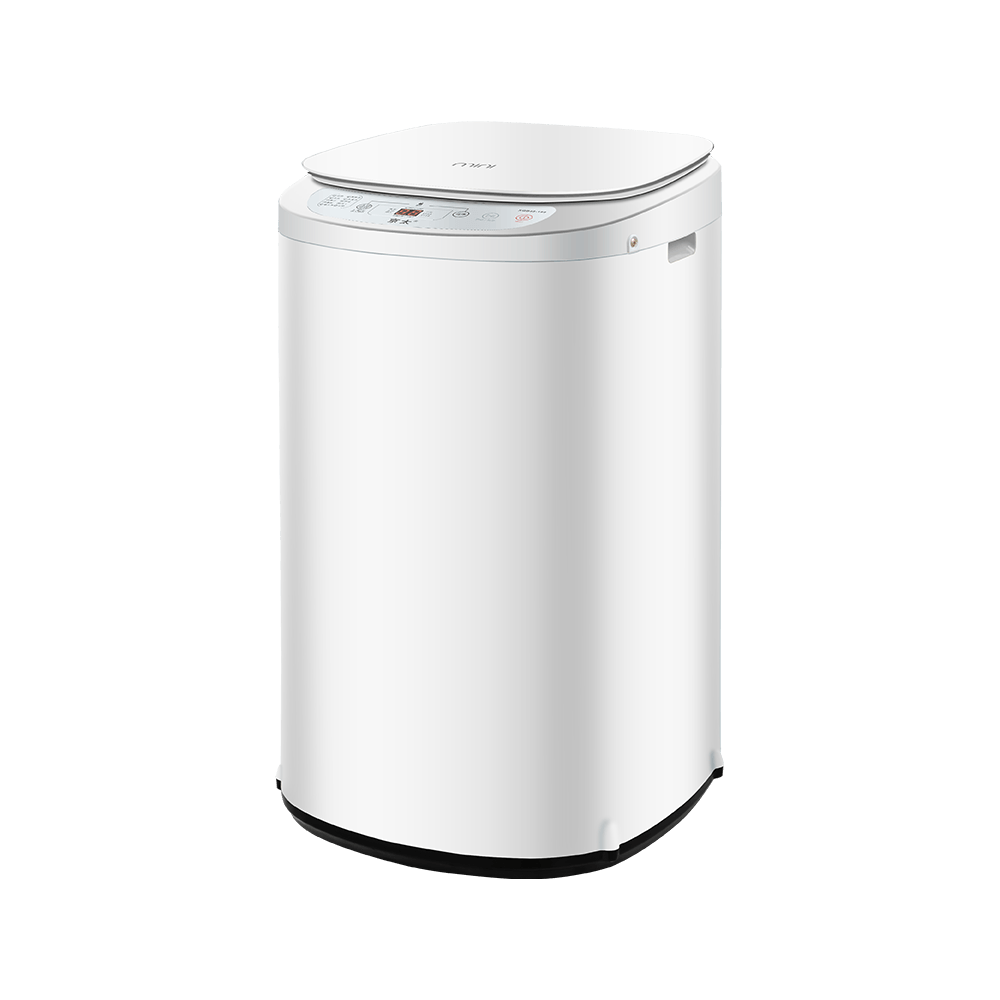Potential safety risks of high-temperature washing machines
During the operation of fully automatic high-temperature washing machines, the water temperature in the cleaning tank usually reaches above 80°C, and some equipment is even higher. The high temperature environment not only poses a risk of scalding to operators, but may also cause hot water splashing due to equipment abnormalities. In addition, automated operation involves electronic control systems, hydraulic systems and mechanical transmissions, and various faults may cause mechanical pinching, electrical short circuits or leakage. If these risks are not effectively protected, they are likely to cause equipment damage and personal injury.
Mechanical protection design ensures safe operation
In order to avoid mechanical pinching and scalding, modern fully automatic high-temperature washing machines generally adopt the following mechanical protection measures:
*Safety door lock device: The equipment operating door and cover are equipped with safety locks. When the machine is in working state, the door lock is automatically locked to prevent personnel from accidentally opening and contacting the high-temperature area.
*Protective cover and isolation fence: Protective covers are set on the high-temperature spray device and electrical control part to avoid accidentally touching live parts and hot nozzles.
*Reasonable layout of emergency stop buttons: There are multiple emergency stop buttons around the equipment. In case of emergency, the power supply and water source can be immediately cut off to prevent the accident from expanding.
The concept of this mechanical protection design is similar to the safety protection of household appliances such as pulsator technology washing machines. Pulsator technology washing machines are equipped with protective covers and intelligent balance control during the rotation process to protect users from pinching hands and splashing water during use, reflecting the important role of mechanical protection in various types of equipment.
Temperature and pressure control system to prevent scalding
Fully automatic high-temperature washing machines are equipped with advanced temperature control and pressure control systems to ensure that the temperature and water pressure of the equipment are within a safe range:
* Accurate thermostat: Real-time monitoring of water temperature to avoid exceeding the set upper limit and reduce the risk of high-temperature scalding.
* Pressure safety valve: Automatically adjust the water pressure to prevent splashing or equipment damage caused by excessive pressure.
* Anti-dry burning protection: Automatically shut down when the water volume is insufficient to avoid fire hazards caused by the heater burning empty.
Pulsator technology washing machines are also equipped with temperature sensing and water level detection systems to ensure that the heating process is safe and stable, and will not cause machine failure or use hazards due to overheating or abnormal water level.
Automatic control and intelligent safety monitoring
With the development of intelligent manufacturing, many fully automatic high-temperature washing machines integrate PLC control systems and human-machine interfaces to provide multiple safety guarantees:
*Automatic fault detection and alarm: The system can monitor key parameters such as temperature, current, and pressure in real time, and immediately issue an alarm and automatically shut down once an abnormality occurs.
*Operation authority management: Through hierarchical authority control, non-professionals are restricted from arbitrarily adjusting equipment parameters to reduce the risk of misoperation.
*Remote monitoring and maintenance: Some equipment supports remote monitoring, and technicians can obtain equipment status in time to prevent safety hazards in advance.
These intelligent functions improve the safety factor of equipment operation, while reducing the complexity of operation and the incidence of accidents.
The importance of operator training and use specifications
In addition to the safety protection of the equipment itself, operator training and standardized operation are also the key to preventing burns and other risks:
*Training safe operation procedures: including pre-startup inspection, monitoring during operation, emergency response, etc., to ensure that operators are familiar with the characteristics of the equipment.
*Wearing protective equipment: It is recommended to use high-temperature resistant gloves, non-slip shoes and goggles to reduce accidental injuries.
* Establish cleaning and maintenance procedures: regularly check the sealing and insulation performance of the equipment, clean scale and stains in time, and keep the equipment in good condition.
This also applies to household equipment, such as pulsator technology washing machines. User education and usage specifications are important links to ensure equipment safety and extend life.


 English
English عربى
عربى









